The journey of textured hair through the annals of time reveals far more than just evolving styles or passing trends. It unfolds as a living testament to resilience, identity, and profound cultural heritage. What historical events shaped textured hair care practices and identity? This inquiry draws us into a rich, often challenging, yet ultimately triumphant chronicle of survival, artistry, and self-possession.
Every curl, coil, and kink holds stories whispered across generations, carrying the wisdom of ancestral practices alongside the echoes of societal shifts and struggles. To truly understand the vibrancy of textured hair today, we must look to its deep past, recognizing how significant historical moments sculpted its presentation, its care, and its very meaning within Black and mixed-race communities. This exploration is not simply academic; it is a soulful meditation on the strand itself, seeing it as a precious archive.
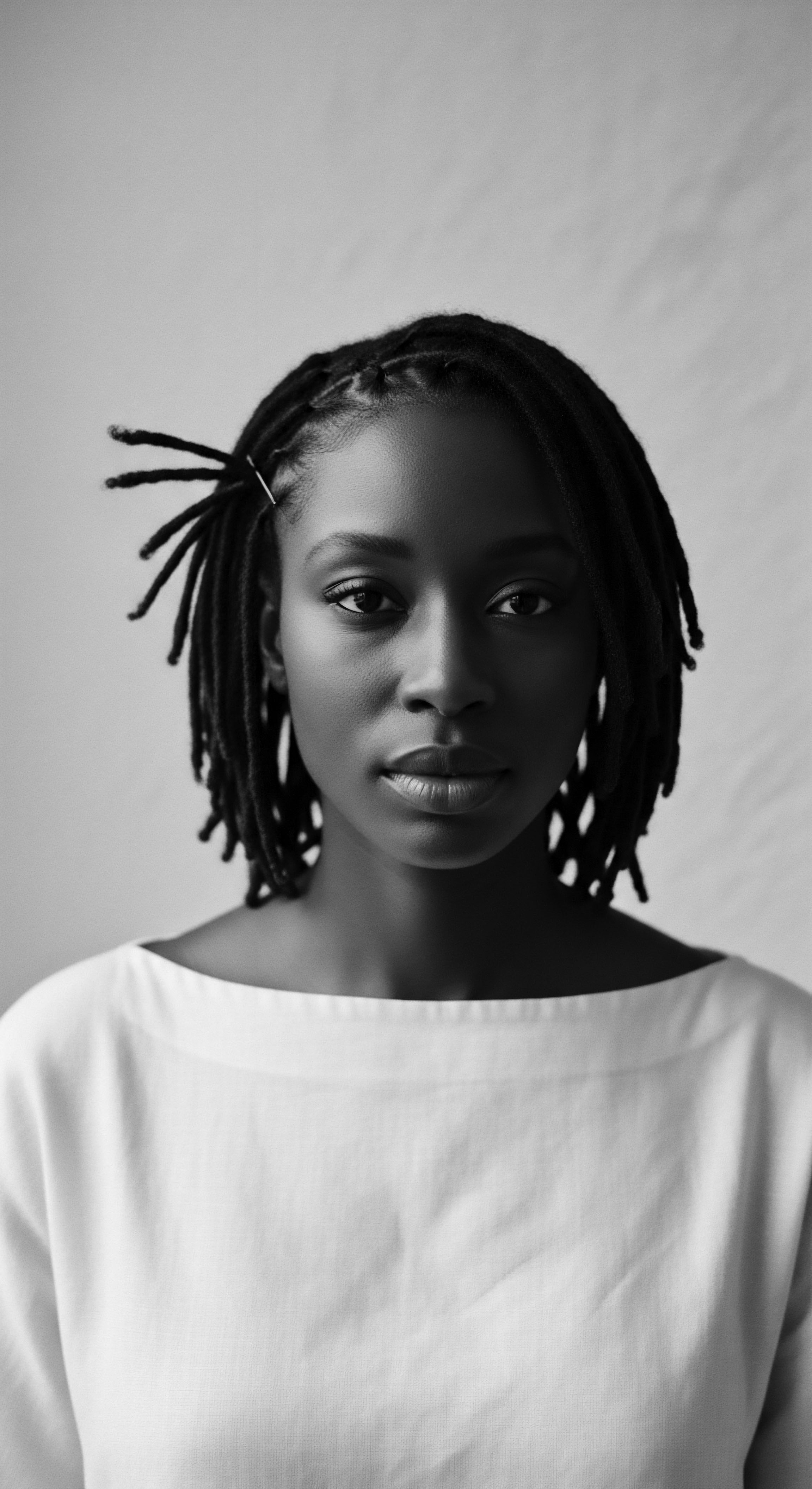
Roots
From the sun-drenched savannas of ancient Africa to the sprawling empires of antiquity, textured hair was not simply a biological attribute. It was a language, a spiritual conduit, and a marker of one’s place within the community. Before the devastating ruptures of the transatlantic slave trade, the care and styling of hair in African societies were intricate rituals, deeply woven into daily life and social structures. The very anatomy of textured hair, with its unique follicular structure and elliptical shape, was understood through practice and observation, informing methods of care that promoted health and honored natural patterns.
People celebrated its natural forms, cultivating a sense of collective and individual pride that would withstand centuries of attempted erasure. These early traditions form the foundational wisdom for much of what we seek to reclaim today.
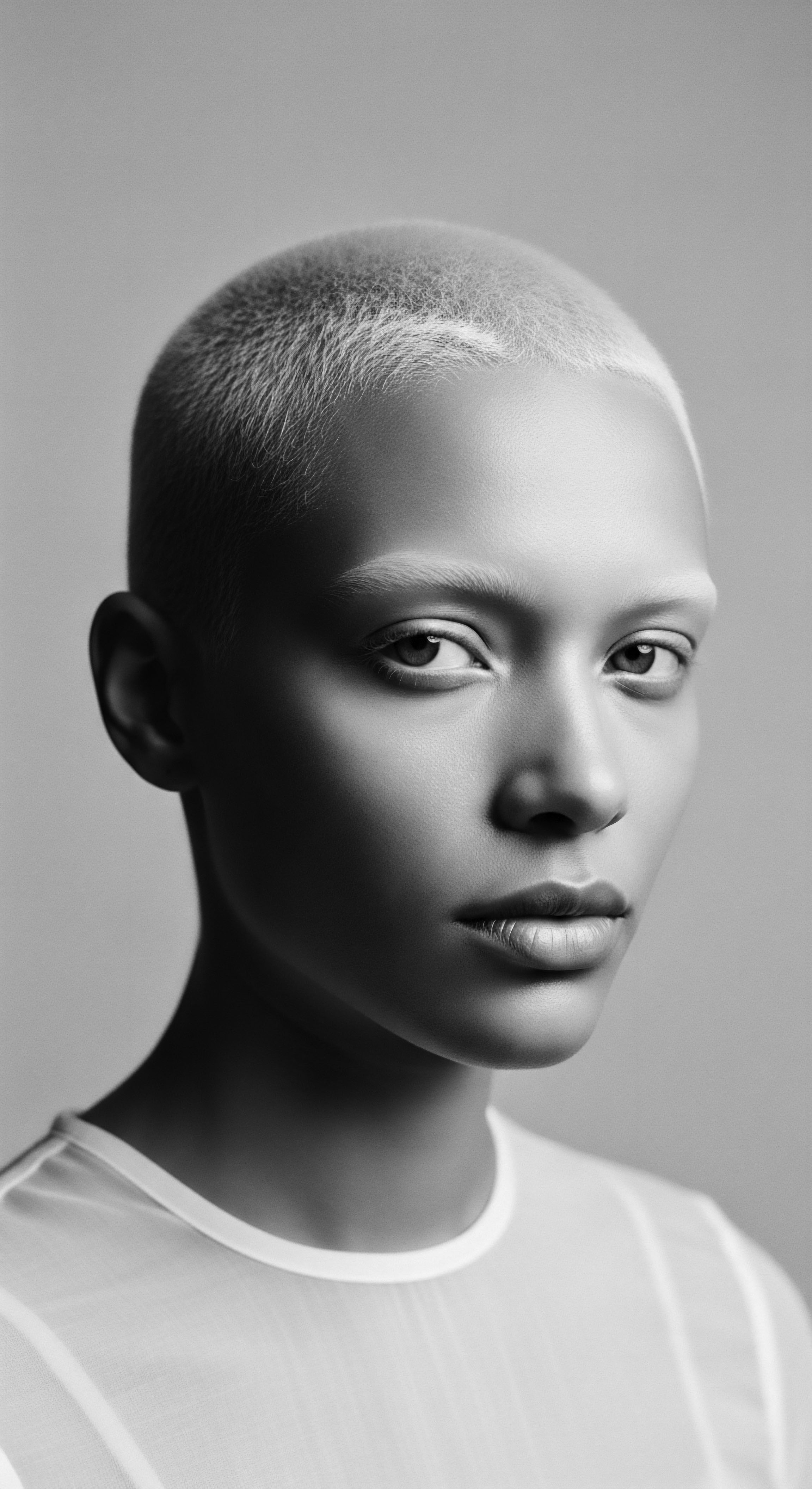
Ancestral Hair Anatomy and Its Significance
The biological makeup of textured hair, often characterized by its elliptical cross-section and unique growth pattern, lends itself to specific care needs that ancient African communities instinctively understood. Unlike straight hair, which typically grows from a round follicle, coily hair emerges from an oval or flat follicle, causing it to curl as it grows. This inherent curvature means that the natural oils produced by the scalp struggle to travel down the hair shaft, leading to a predisposition for dryness.
Ancestral practices instinctively addressed this, using rich, natural emollients from their environments to nourish and seal moisture within the strands. These were not merely cosmetic applications; they were acts of preventative care, respecting the hair’s inherent biology.
The ways in which hair was cared for and adorned also communicated a wealth of information about an individual’s standing. In many African tribes, one’s hairstyle could immediately convey marital status, age, social rank, or even tribal affiliation. For instance, in the Maasai community, specific dreadlock styles signaled a woman’s marital status or a man’s readiness for war.
In ancient Egypt, the presentation of hair and the use of elaborate wigs conveyed social status and religious standing, where the elite often wore wigs weighing up to 3 kilograms (6.6 pounds), symbolizing wealth and connection to the divine. This intricate system of visual communication demonstrates a sophisticated understanding of hair not just as fiber, but as a living canvas for identity and community belonging.

Early Classification Systems and Social Meaning
While modern hair typing systems often categorize hair based on curl pattern (e.g. 3a, 4c), ancient African societies had their own classification methods, based on social and spiritual significance rather than purely aesthetic or scientific measurements. These systems were informal yet universally understood within their communities, recognizing subtle variations in texture and how they could be best styled and maintained.
The act of communal hair styling sessions served as living libraries, passing down practical knowledge about different hair types, along with cultural narratives and spiritual beliefs. For example, specific braiding patterns among the Fulani people were markers of tribal lineage, and within the Yoruba culture, hair braiding could be a means of sending messages to the gods.
Ancestral wisdom recognized textured hair as a profound marker of identity, status, and spiritual connection, long before modern science categorized its unique biology.
The lexicon of textured hair in these societies was steeped in reverence and practical knowledge. Terms for hair types and styles were intertwined with descriptions of nature, spiritual concepts, and familial lineage. This holistic view contrasts sharply with later imposed categorizations during periods of colonization, which often sought to dehumanize and devalue textured hair by labeling it as “kinky” or “nappy” in derogatory ways.
The historical shift in language around textured hair speaks volumes about changing power dynamics and the deliberate attempts to disconnect Black people from their heritage. The Tignon Laws in 18th-century New Orleans provide a particularly stark example, requiring free Creole women of color, whose elaborate hairstyles challenged social hierarchies, to cover their hair with a simple scarf, a symbol meant to signify their supposed lower social standing.
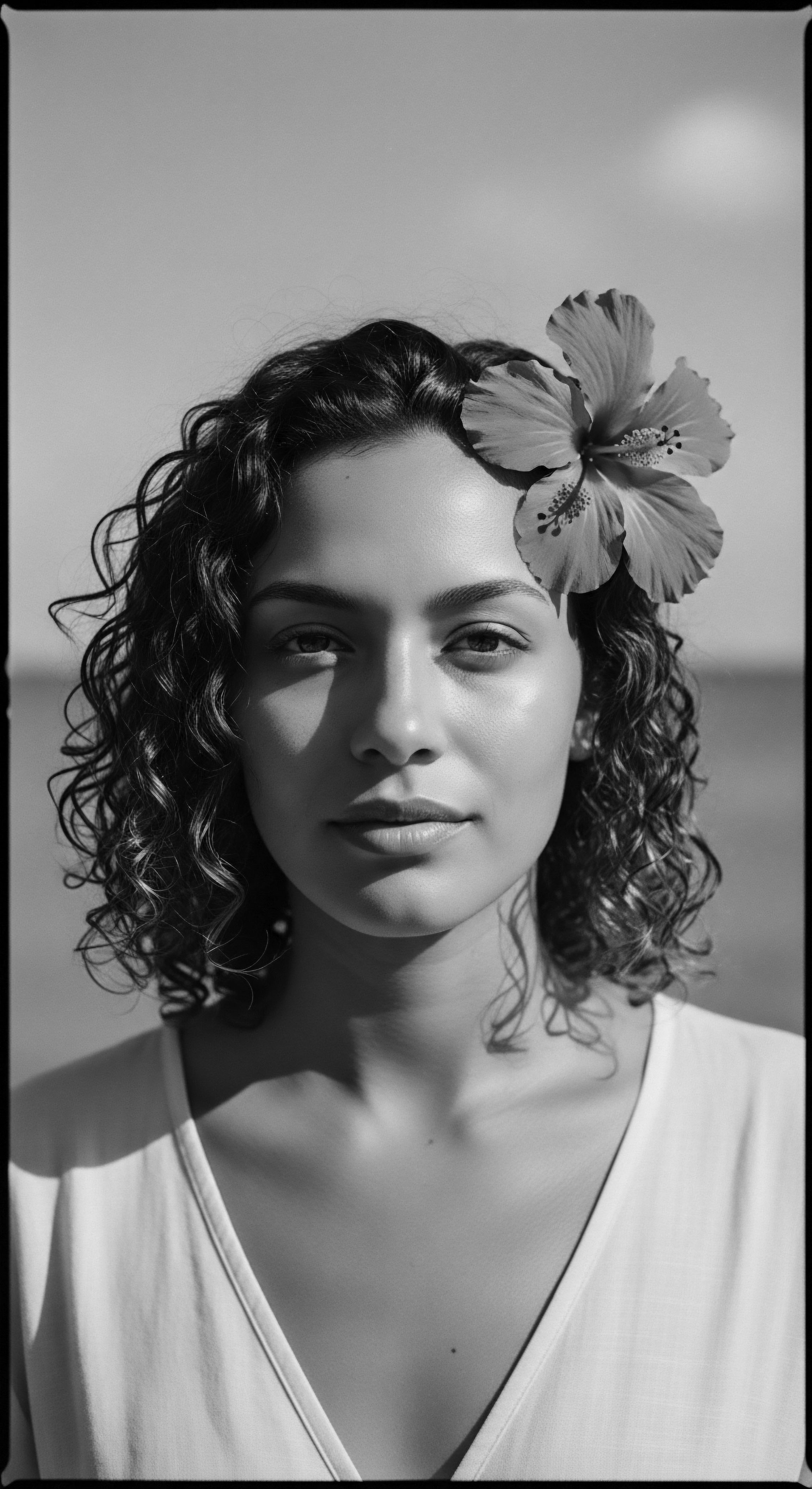
Hair Growth Cycles and Environmental Context
The growth cycle of textured hair, with its slower growth rate and greater propensity for shrinkage compared to straighter hair types, also influenced historical care practices. Understanding that hair spends several years in its active growth phase (anagen) and then transitions to resting and shedding phases, ancient communities developed long-term protective styles. These styles, such as braids, twists, and locs, were not only aesthetically significant but served practical purposes ❉ minimizing manipulation, protecting hair from harsh environmental elements like sun and dust, and retaining moisture.
This approach ensured the longevity and health of the hair over time, allowing it to flourish within its natural cycle. The use of natural ingredients like shea butter and various plant oils, native to their environments, provided sustenance and protection.
| Pre-Colonial African Societies Hair as a sacred, social, and spiritual identity marker. |
| Colonial/Post-Slavery Era Hair became a target for dehumanization and assimilation. |
| Pre-Colonial African Societies Intricate styling communicated status, age, tribal affiliation. |
| Colonial/Post-Slavery Era Shaving of heads by enslavers to strip identity. |
| Pre-Colonial African Societies Care practices focused on natural emollients and protective styles. |
| Colonial/Post-Slavery Era Limited access to traditional care tools and ingredients; forced adaptations. |
| Pre-Colonial African Societies Hairdressing was a communal, bonding activity. |
| Colonial/Post-Slavery Era Emergence of Eurocentric beauty standards, promoting hair alteration. |
| Pre-Colonial African Societies The journey of textured hair care from communal heritage to contested identity profoundly shaped practices. |
The historical events that most profoundly shaped these practices include the transatlantic slave trade. This brutal period ripped Africans from their homelands, severing their connection to traditional knowledge, communal styling practices, and natural resources. Enslaved people were often forced to shave their heads, a deliberate act of cultural eradication and dehumanization. Despite this, the resilience of heritage shone through.
Enslaved women found ingenious ways to preserve aspects of their hair culture, even braiding seeds into their children’s hair as a means of survival for a new world. This adaptation, born of immense struggle, demonstrates the enduring power of hair as a repository of cultural memory and a tool for survival.
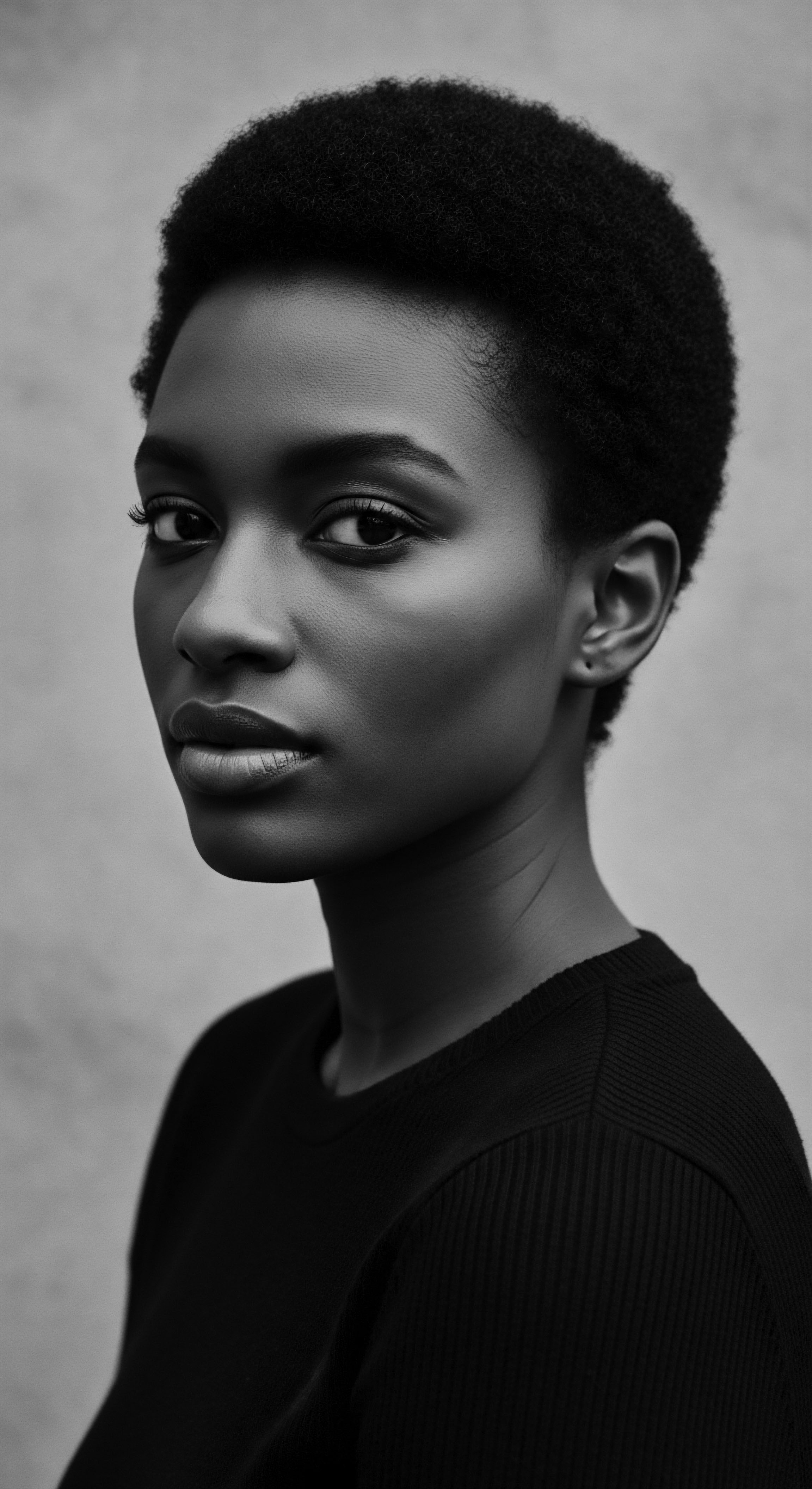
Ritual
The hands that shaped textured hair across generations engaged in a profound ritual, an act extending beyond mere aesthetics into the realms of community, survival, and protest. What historical events shaped textured hair care practices and identity’s influence on styling heritage? The answer lies in the dynamic interplay between ancient artistry and the fierce determination to maintain cultural ties amidst adversity.
Styling became a silent language, a declaration of being, and a strategic response to imposed norms. From the ancestral art of braiding to the defiant Afros of liberation movements, each style tells a story of adaptation and enduring spirit, demonstrating how ritualized care transformed into a powerful cultural statement.
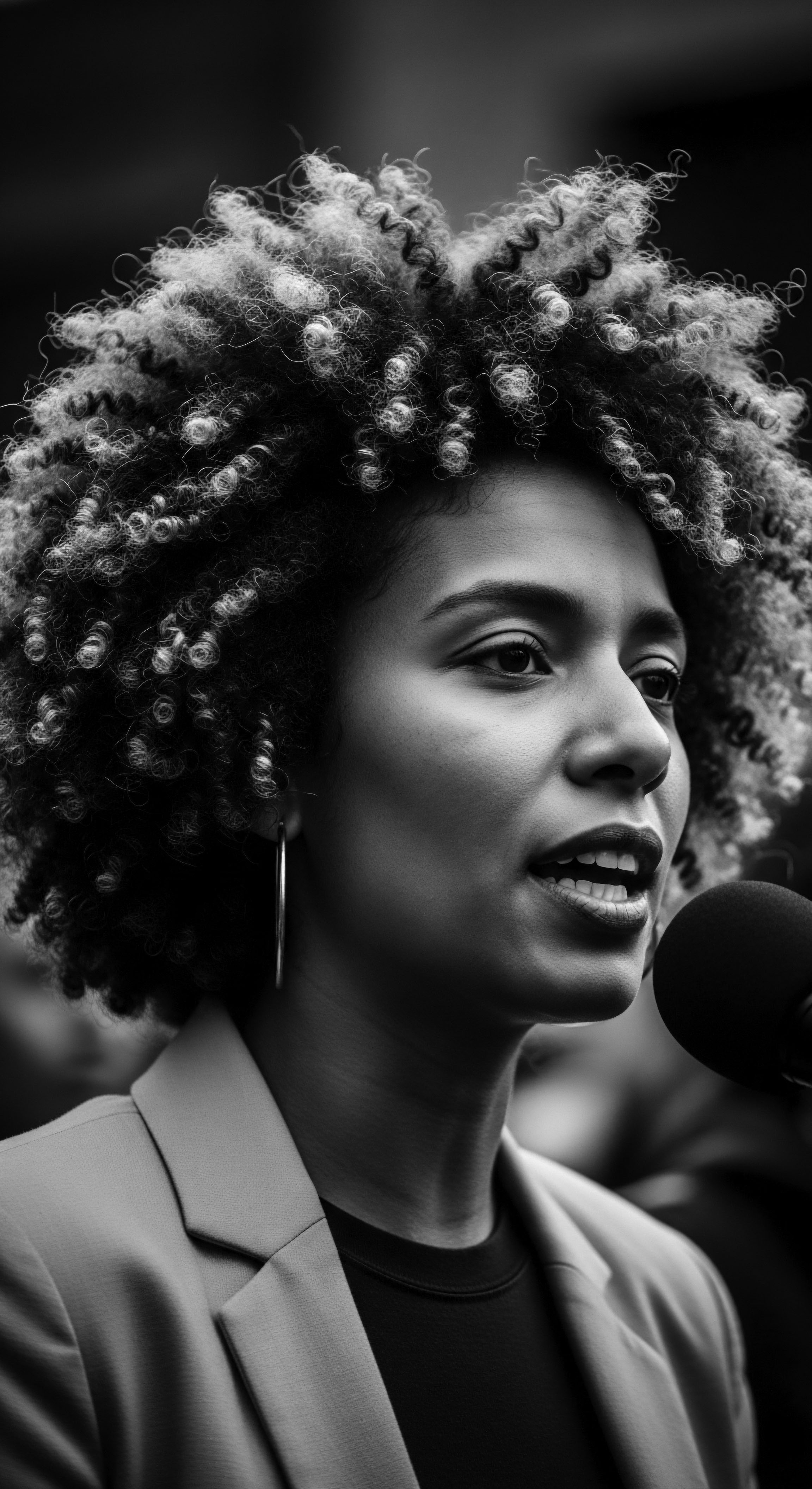
Protective Styling Ancestral Roots
Protective styling, deeply rooted in African traditions, stands as a testament to ancestral ingenuity and a holistic understanding of hair health. Styles such as Cornrows, Braids, and Locs were not simply decorative; they were designed to safeguard the hair and scalp from environmental aggressors, minimize breakage, and promote growth. In pre-colonial Africa, these styles were practical for diverse climates and lifestyles, ensuring hair remained tidy and manageable during demanding daily tasks. The communal nature of their creation, often taking hours or even days, fostered deep social bonds, transforming a practical need into a cherished social ritual.
Knowledge of these techniques, alongside the oral traditions and songs that accompanied them, passed from elder to youth, preserving a living archive of hair heritage. This uninterrupted lineage was tragically disrupted during the transatlantic slave trade. Yet, even in chains, the spirit of these traditions found ways to persist. Enslaved women, stripped of their tools and traditional ingredients, creatively adapted, using what little they had – from butter to bacon grease – to care for their hair.
The cornrow, for instance, evolved into a discreet tool of survival, with patterns reportedly used to hide rice seeds for sustenance or to map escape routes on the Underground Railroad. This powerful example underscores how styling transformed from a cultural practice into an act of resistance and a means of communication, solidifying its place as a central element of survival and identity.
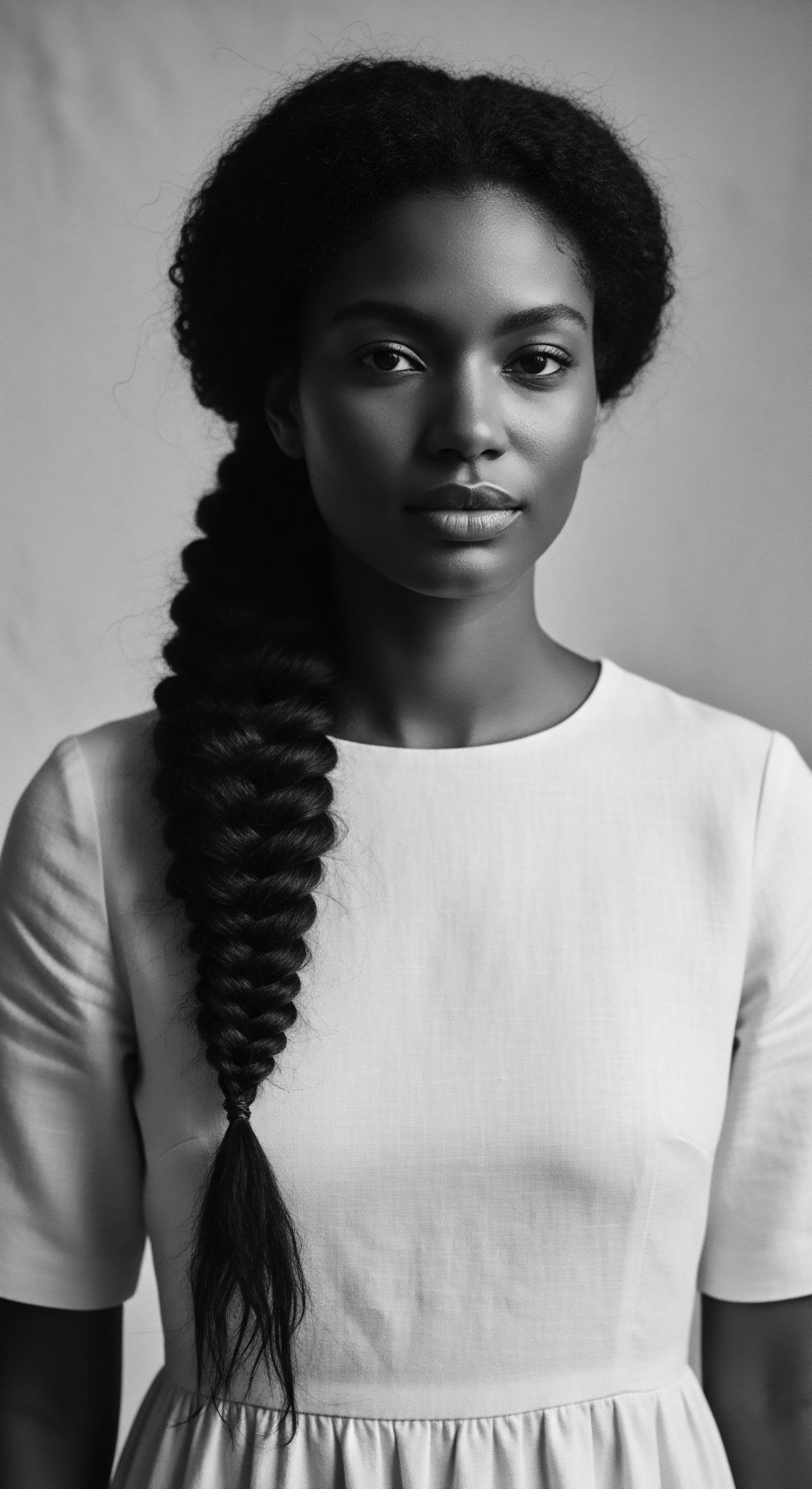
Natural Styling and Identity’s Expression
The shift towards natural styling and the assertion of textured hair in its unaltered state has been a significant cultural and political act throughout history. Following emancipation in the United States, many Black women, seeking economic opportunities and social acceptance in a Eurocentric society, adopted styles that mimicked straighter hair, using tools like the Hot Comb and chemical relaxers. This period marked a departure from centuries of Afrocentric hair aesthetic, driven by systemic pressures to assimilate. However, the mid-20th century ignited a powerful resurgence.
The Black is Beautiful movement, burgeoning in the 1960s and 1970s, redefined beauty standards and asserted the inherent worth and aesthetic value of Black features, including textured hair. The Afro became a potent symbol of Black Power, resistance, and self-love, a visible declaration against white American beauty norms. Activists like Angela Davis sported the Afro as a political statement, inspiring legions of Black individuals to embrace their natural coils. This movement was not merely a stylistic choice; it was a socio-political declaration, reclaiming a heritage that had been systematically devalued.
The legal landscape has slowly begun to reflect this, with the CROWN Act, a law prohibiting race-based hair discrimination, being passed in multiple U.S. states, acknowledging the equal value of Black hairstyles in American society.

What Role Did Wigs and Extensions Play Historically?
The history of wigs and hair extensions for textured hair is a rich continuum, stretching back to antiquity and serving diverse purposes from adornment to protection, status, and artistic expression. In ancient Egypt, wigs were commonplace for both men and women across social strata, signifying wealth, social standing, and even religious devotion. They were crafted from human hair, wool, or plant fibers and were often elaborately braided and adorned. This early use underscores the understanding of hair as a malleable medium for conveying identity and status.
Later, during the era of slavery and its aftermath, wigs and extensions continued to adapt. While some utilized them to emulate Eurocentric styles, others found them a practical way to manage hair that was damaged from harsh treatments or lacked proper care. The 1940s, for instance, saw wigs gain popularity among African American women as a way to achieve diverse styles without chemical alteration. Today, extensions continue this legacy, offering versatility and protective benefits, embodying a continued connection to a heritage of adornment and adaptive styling. The craft of creating and wearing hair additions has always been an art form, passed through generations, reflecting both personal expression and collective identity.
From ancient braided survival maps to the bold statements of the Afro, styling textured hair has consistently mirrored historical shifts and served as a powerful declaration of identity.
The tools used for textured hair styling have also evolved, yet many modern implements find their echo in traditional forms. The Afro Pick, for example, gained prominence during the Civil Rights Era as a symbol of Black nationalism and pride, a counterpoint to the straightening combs that had become dominant. Early combs in Africa were crafted from wood or bone, used not only for detangling but also for creating intricate patterns and sectioning hair for braids. The evolution of these tools tells a story of adaptation, from rudimentary implements forged from necessity during enslavement to specialized products and devices in the post-emancipation era and beyond.
Even thermal reconditioning, a modern technique, can be historically contrasted with the use of heated implements like the pressing comb, popularized by Madam C.J. Walker in the late 19th and early 20th centuries, which offered a means to achieve straight styles. Walker’s entrepreneurial success, building an empire around hair care products that helped Black women achieve desired styles, illustrates a significant economic and social shift. This period, following the Great Migration, saw Black women create thriving beauty culture industries, providing economic autonomy outside of traditional domestic work.
- Cornrows ❉ Ancient West African braiding patterns, used for social status, tribal identity, and during enslavement, as covert communication and survival tools.
- Afro ❉ A style of the mid-20th century, becoming a symbol of Black Power, racial pride, and a rejection of Eurocentric beauty standards.
- Hot Comb ❉ Popularized in the late 19th and early 20th centuries, this tool provided a method for Black women to straighten their hair, influencing beauty standards and creating new industries.
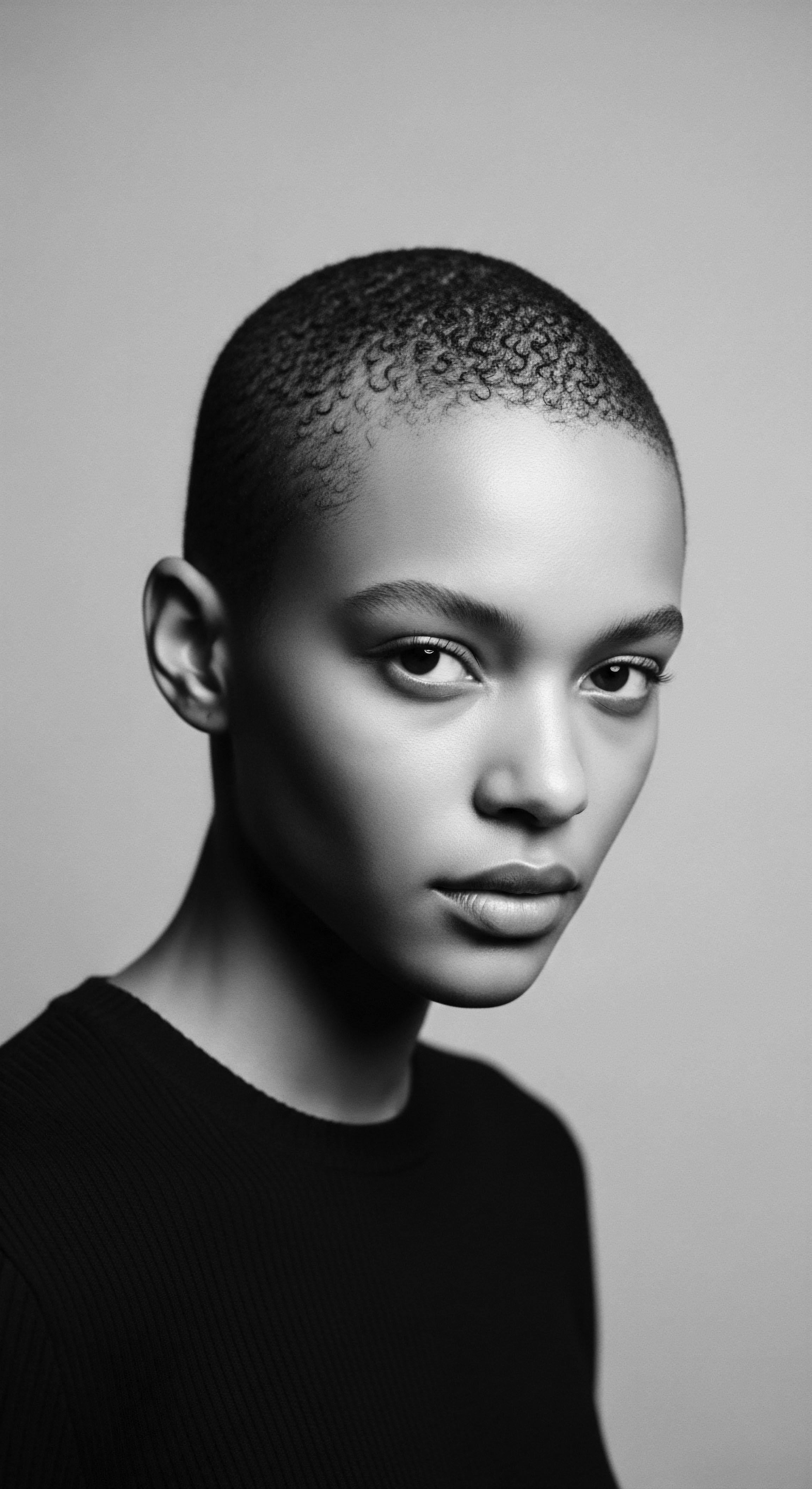
Relay
The continuous thread of textured hair care, passed from one generation to the next, constitutes a sacred relay, a living library of wisdom for holistic wellbeing. How does What historical events shaped textured hair care practices and identity shape holistic care and problem-solving rooted in ancestral wisdom? This question unveils a saga of adaptation, preservation, and conscious reclamation.
From ancient herbal remedies to the strategic use of nighttime coverings, every practice carries the echoes of a heritage that understood the deep connection between hair, spirit, and environment. This enduring legacy serves not only as a guide for physical health but also as a profound affirmation of self, linking us directly to the ingenuity and resilience of those who came before.
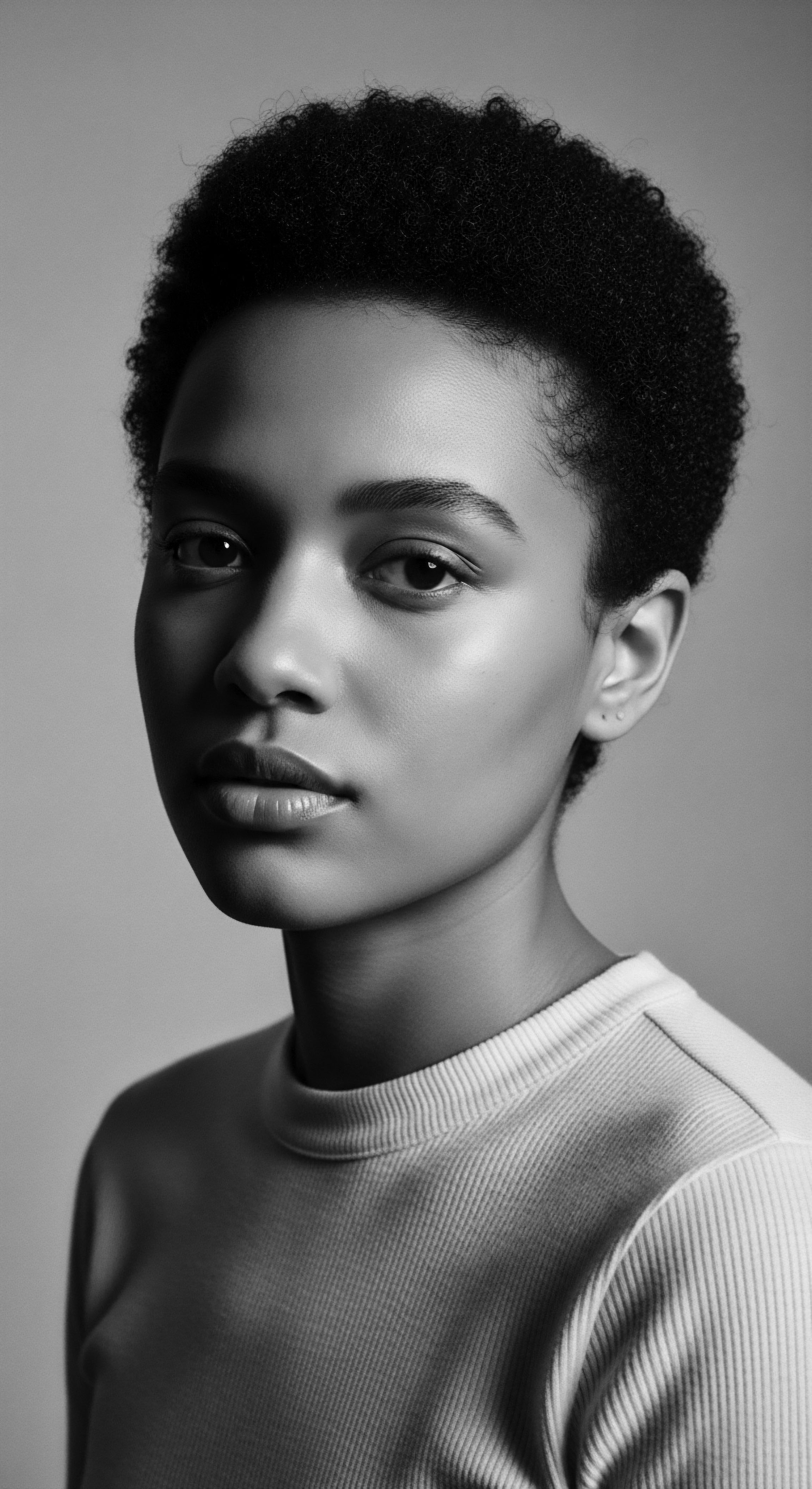
Ancestral Wisdom and Personalized Hair Regimens
The concept of a personalized hair regimen, often seen as a modern development, finds its deep origins in ancestral wisdom. African communities, long before the advent of industrial products, understood that hair health was intrinsically linked to overall wellbeing and environmental harmony. Their care routines were intuitively tailored to individual needs, drawing upon the rich botanical resources of their lands.
Natural oils like Shea Butter, Palm Oil, and various plant extracts were central to these regimens, chosen for their specific nourishing and protective properties. These ingredients, directly from the earth, provided a foundational approach to moisturizing, strengthening, and conditioning hair, recognizing the natural dryness of textured hair.
This understanding of bespoke care was fundamentally disrupted during slavery, when access to traditional ingredients was severely limited. Enslaved Africans were forced to improvise, using readily available substances like bacon grease or kerosene, highlighting their desperate attempts to maintain hair health and dignity under inhumane conditions. Post-emancipation, the push for assimilation into Eurocentric beauty standards further complicated care practices, leading to a proliferation of chemical straighteners and harsh treatments.
However, the legacy of ancestral knowledge persisted, often in the quiet intimacy of communal spaces like hair salons and barbershops. These spaces became vital sanctuaries, serving as hubs for sharing traditional remedies, adapting care techniques, and fostering a sense of community amidst external pressures.

The Nighttime Sanctuary and Bonnet Wisdom
The practice of protecting hair at night, now commonly associated with satin bonnets and scarves, carries a deep heritage rooted in practicality, respect, and self-preservation. While the specific accessories have evolved, the underlying principle of safeguarding textured hair during sleep is an ancestral practice. In many African cultures, head coverings were not solely for adornment or status; they also served to protect intricate hairstyles from dust and wear, preserving the labor and artistry invested in them.
This foresight ensured the longevity of styles, which often took hours or days to create. The headwrap, in particular, also became a powerful symbol of identity, status, and respectability across various African societies.
During slavery and the Jim Crow era, the headwrap took on additional layers of meaning. While sometimes imposed by enslavers for practicality in the fields or by laws meant to denote social status (such as the Tignon Laws in New Orleans, ), Black women ingeniously reappropriated these coverings. They transformed them into expressions of style, resistance, and a means to protect their hair from harsh labor and lack of resources for care. The headwrap became a silent act of defiance, a way to maintain dignity and a connection to African heritage, even when outward displays were restricted.
The modern satin bonnet is a direct descendant of this legacy, providing crucial protection against friction and moisture loss that can damage delicate textured strands, thereby continuing a historical practice of intentional care. The communal sharing of such practices reinforces a collective identity, bridging the past and present through shared rituals of care.
Every strand of textured hair holds a deep history, reflecting not only the genetic blueprint but also centuries of adaptation, resistance, and cultural expression.
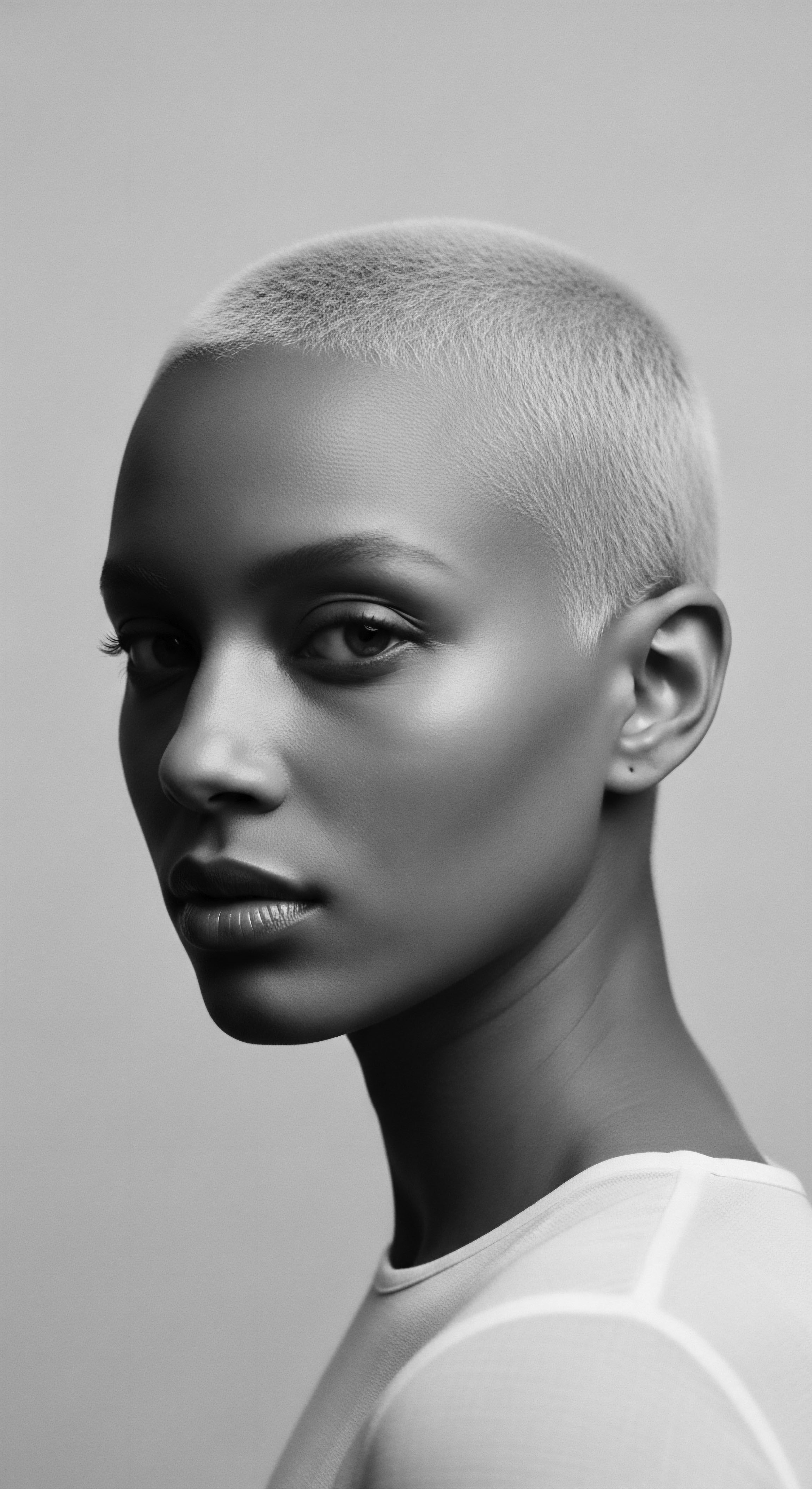
Ingredients from the Earth to the Strand
The profound understanding of natural ingredients for textured hair care spans millennia. Long before industrial chemistry, communities relied on what the earth provided. The scientific validation of these ancient ingredients often comes centuries later, confirming what ancestral wisdom already knew. Consider Castor Oil, a staple in many traditional African and Caribbean hair care practices.
Its molecular structure, rich in ricinoleic acid, allows for deep penetration of the hair shaft and scalp, promoting a healthy environment for growth. Ancient Egyptians, for example, utilized various oils, including castor oil, for hair and wig conditioning. Similarly, the use of Clay, often for cleansing or scalp treatments, taps into its natural absorbent properties that draw impurities without stripping essential moisture. This innate knowledge of botanical properties highlights a sophisticated, empirical approach to hair science, passed down through generations.
These traditional ingredients are not merely folklore; they represent a practical and effective science honed over centuries of direct interaction with the natural world. The continued use of these ingredients today acts as a direct line to that heritage, a reaffirmation of a profound connection to the land and its healing capacities.
- Shea Butter ❉ A fatty extract from the shea nut, revered across West Africa for its deep moisturizing and protective qualities, often used to seal moisture into textured hair and protect against environmental damage.
- Castor Oil ❉ Known for its viscosity and unique fatty acid profile, traditionally used to nourish the scalp, strengthen hair, and promote growth in various African and diasporic communities.
- Clay (e.g. Rhassoul Clay) ❉ Utilized for centuries in North African and Middle Eastern traditions for gentle cleansing, detoxification, and mineral enrichment of hair and scalp.

Holistic Influences on Hair Health Through History
Understanding textured hair health through a holistic lens is not a new concept; it is an intrinsic part of its heritage. Ancestral wellness philosophies consistently linked the state of one’s hair to overall physical, spiritual, and emotional wellbeing. Illness, stress, or spiritual imbalance were often reflected in the hair’s condition, prompting practices that addressed the whole person. This comprehensive view considered diet, spiritual practices, community support, and environmental factors as equally vital to hair vitality as topical applications.
For instance, traditional African medicine often incorporated specific herbs not just for physical ailments but also for their perceived spiritual benefits, which extended to hair and scalp health. The emphasis on communal grooming further reinforces this holistic approach, as the shared activity fostered social cohesion and mental wellbeing. The enduring economic disparities faced by Black communities, stemming from historical events like slavery and Jim Crow laws, also impacted access to nutritious food and quality healthcare, which in turn affected hair health. Despite these systemic challenges, the resilience of traditional holistic practices continued, adapting to new circumstances while maintaining the core belief that hair is a mirror of one’s entire self.

Relay
The continuous thread of textured hair care, passed from one generation to the next, constitutes a sacred relay, a living library of wisdom for holistic wellbeing. How does What historical events shaped textured hair care practices and identity shape holistic care and problem-solving rooted in ancestral wisdom? This question unveils a saga of adaptation, preservation, and conscious reclamation.
From ancient herbal remedies to the strategic use of nighttime coverings, every practice carries the echoes of a heritage that understood the deep connection between hair, spirit, and environment. This enduring legacy serves not only as a guide for physical health but also as a profound affirmation of self, linking us directly to the ingenuity and resilience of those who came before.
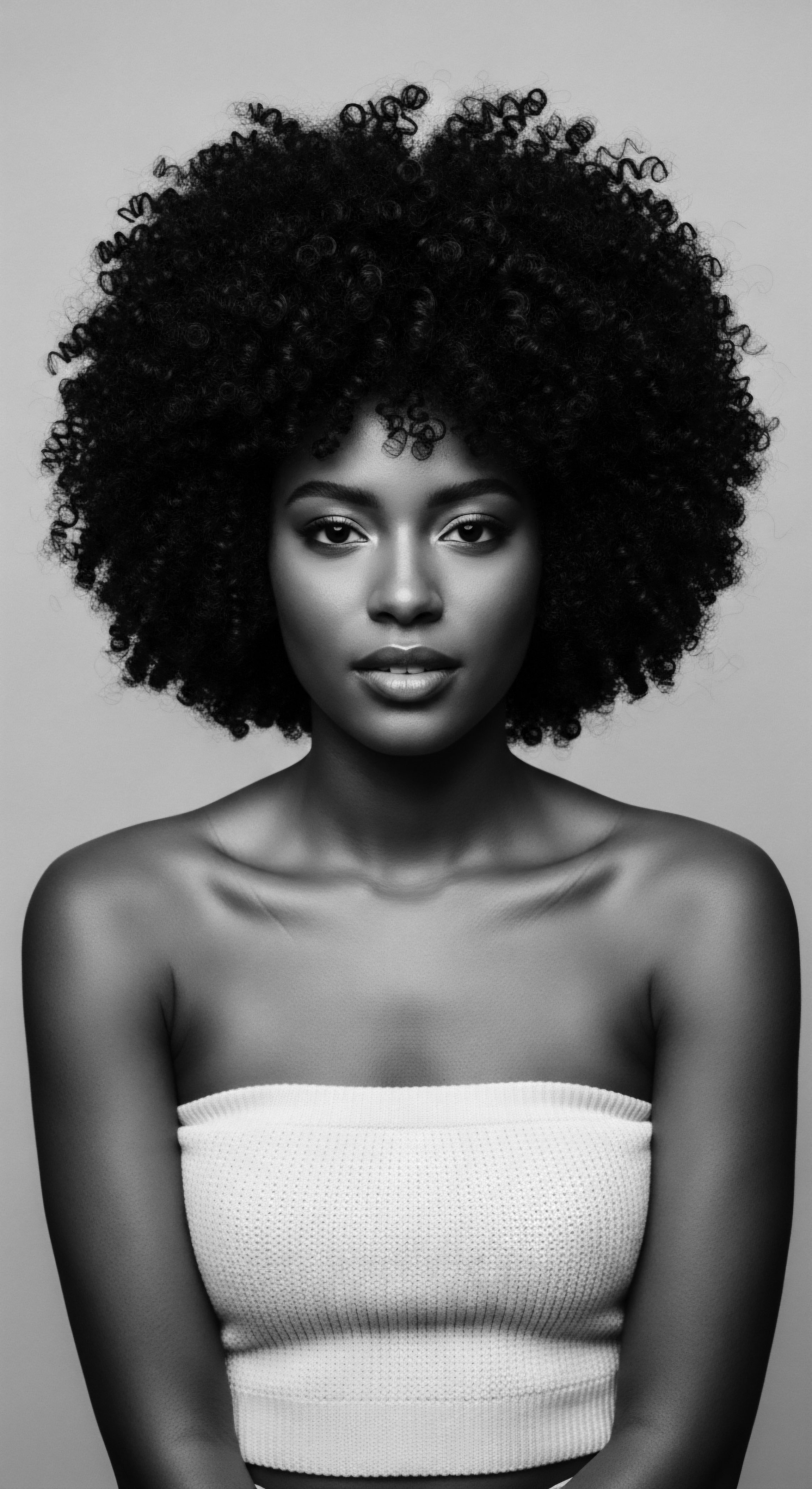
Ancestral Wisdom and Personalized Hair Regimens
The concept of a personalized hair regimen, often seen as a modern development, finds its deep origins in ancestral wisdom. African communities, long before the advent of industrial products, understood that hair health was intrinsically linked to overall wellbeing and environmental harmony. Their care routines were intuitively tailored to individual needs, drawing upon the rich botanical resources of their lands.
Natural oils like Shea Butter, Palm Oil, and various plant extracts were central to these regimens, chosen for their specific nourishing and protective properties. These ingredients, directly from the earth, provided a foundational approach to moisturizing, strengthening, and conditioning hair, recognizing the natural dryness of textured hair.
This understanding of bespoke care was fundamentally disrupted during slavery, when access to traditional ingredients was severely limited. Enslaved Africans were forced to improvise, using readily available substances like bacon grease or kerosene, highlighting their desperate attempts to maintain hair health and dignity under inhumane conditions. Post-emancipation, the push for assimilation into Eurocentric beauty standards further complicated care practices, leading to a proliferation of chemical straighteners and harsh treatments.
However, the legacy of ancestral knowledge persisted, often in the quiet intimacy of communal spaces like hair salons and barbershops. These spaces became vital sanctuaries, serving as hubs for sharing traditional remedies, adapting care techniques, and fostering a sense of community amidst external pressures.

The Nighttime Sanctuary and Bonnet Wisdom
The practice of protecting hair at night, now commonly associated with satin bonnets and scarves, carries a deep heritage rooted in practicality, respect, and self-preservation. While the specific accessories have evolved, the underlying principle of safeguarding textured hair during sleep is an ancestral practice. In many African cultures, head coverings were not solely for adornment or status; they also served to protect intricate hairstyles from dust and wear, preserving the labor and artistry invested in them.
This foresight ensured the longevity of styles, which often took hours or days to create. The headwrap, in particular, also became a powerful symbol of identity, status, and respectability across various African societies.
During slavery and the Jim Crow era, the headwrap took on additional layers of meaning. While sometimes imposed by enslavers for practicality in the fields or by laws meant to denote social status (such as the Tignon Laws in New Orleans, ), Black women ingeniously reappropriated these coverings. They transformed them into expressions of style, resistance, and a means to maintain dignity and a connection to African heritage, even when outward displays were restricted.
The modern satin bonnet is a direct descendant of this legacy, providing crucial protection against friction and moisture loss that can damage delicate textured strands, thereby continuing a historical practice of intentional care. The communal sharing of such practices reinforces a collective identity, bridging the past and present through shared rituals of care.
Every strand of textured hair holds a deep history, reflecting not only the genetic blueprint but also centuries of adaptation, resistance, and cultural expression.

Ingredients from the Earth to the Strand
The profound understanding of natural ingredients for textured hair care spans millennia. Long before industrial chemistry, communities relied on what the earth provided. The scientific validation of these ancient ingredients often comes centuries later, confirming what ancestral wisdom already knew. Consider Castor Oil, a staple in many traditional African and Caribbean hair care practices.
Its molecular structure, rich in ricinoleic acid, allows for deep penetration of the hair shaft and scalp, promoting a healthy environment for growth. Ancient Egyptians, for example, utilized various oils, including castor oil, for hair and wig conditioning. Similarly, the use of Clay, often for cleansing or scalp treatments, taps into its natural absorbent properties that draw impurities without stripping essential moisture. This innate knowledge of botanical properties highlights a sophisticated, empirical approach to hair science, passed down through centuries of direct interaction with the natural world. The continued use of these ingredients today acts as a direct line to that heritage, a reaffirmation of a profound connection to the land and its healing capacities.
- Shea Butter ❉ A fatty extract from the shea nut, revered across West Africa for its deep moisturizing and protective qualities, often used to seal moisture into textured hair and protect against environmental damage.
- Castor Oil ❉ Known for its viscosity and unique fatty acid profile, traditionally used to nourish the scalp, strengthen hair, and promote growth in various African and diasporic communities.
- Clay (e.g. Rhassoul Clay) ❉ Utilized for centuries in North African and Middle Eastern traditions for gentle cleansing, detoxification, and mineral enrichment of hair and scalp.

Holistic Influences on Hair Health Through History
Understanding textured hair health through a holistic lens is not a new concept; it is an intrinsic part of its heritage. Ancestral wellness philosophies consistently linked the state of one’s hair to overall physical, spiritual, and emotional wellbeing. Illness, stress, or spiritual imbalance were often reflected in the hair’s condition, prompting practices that addressed the whole person. This comprehensive view considered diet, spiritual practices, community support, and environmental factors as equally vital to hair vitality as topical applications.
For instance, traditional African medicine often incorporated specific herbs not just for physical ailments but also for their perceived spiritual benefits, which extended to hair and scalp health. The emphasis on communal grooming further reinforces this holistic approach, as the shared activity fostered social cohesion and mental wellbeing. The enduring economic disparities faced by Black communities, stemming from historical events like slavery and Jim Crow laws, also impacted access to nutritious food and quality healthcare, which in turn affected hair health. Despite these systemic challenges, the resilience of traditional holistic practices continued, adapting to new circumstances while maintaining the core belief that hair is a mirror of one’s entire self.

Reflection
The strands of textured hair tell a story far grander than any fleeting trend could. They whisper of ancient African wisdom, of civilizations where hair was revered as a living crown, a social ledger, and a spiritual antenna. They recount the devastating ruptures of enslavement, where the very act of shaving heads sought to erase identity, only to be met by a defiant resurgence of hidden braids carrying seeds of survival, maps to liberation. We hear the echoes of struggle in the Jim Crow era, where laws aimed to diminish and control, yet Black communities transformed seemingly simple headwraps into statements of dignity and enduring heritage.
Then came the resounding affirmation of the Civil Rights movement, when the Afro burst forth as a powerful symbol, a loud declaration that Black was indeed beautiful, inherent, and unapologetically free. The journey of textured hair is not a linear progression; it is a spiraling helix of resistance and reclamation. It reminds us that care is not just about products, but about connection – connection to ancestry, to community, to self. Each curl and coil carries the genetic memory of resilience, a tangible link to those who navigated immense challenges with creativity and an unbreakable spirit.
Roothea’s ‘Soul of a Strand’ ethos finds its living proof in this history, affirming that the true beauty of textured hair resides in its profound, undeniable heritage. This rich past informs our present, guiding us to care for our hair as a sacred trust, a continuous act of honoring a vibrant legacy that defies time and oppression, continually shaping futures with every radiant, unbound helix.
References
- Byrd, Ayana D. and Lori L. Tharps. Hair Story ❉ Untangling the Roots of Black Hair in America. St. Martin’s Publishing, 2001.
- Cobb, Charles E. This Nonviolent Stuff’ll Get You Killed ❉ How Guns Made the Civil Rights Movement Possible. Basic Books, 2014.
- Du Bois, W. E. B. Black Reconstruction in America. Harcourt, Brace and Company, 1935.
- Grossman, James R. Land of Hope ❉ Chicago, Black Southerners, and The Great Migration. University of Chicago Press, 1989.
- Massey, Lorraine. Curly Girl ❉ The Handbook. Workman Publishing Company, 2001.
- Patton, Tracey Owens. “Hey Girl, Am I More Than My Hair?” Women & Language, vol. 37, no. 1, 2014, pp. 27-44.
- Reed, Adolph L. Class Notes ❉ Posing as an Expert, Claiming a Race. The New Press, 2000.
- Redford, Donald B. The Oxford Encyclopedia of Ancient Egypt. Oxford University Press, 2001.
- Thompson, Marilyn. Working with Race and Culture in Groups. Routledge, 2004.
- Wolcott, Victoria W. Remaking Respectability ❉ African American Women in Interwar Detroit. University of North Carolina Press, 2001.
